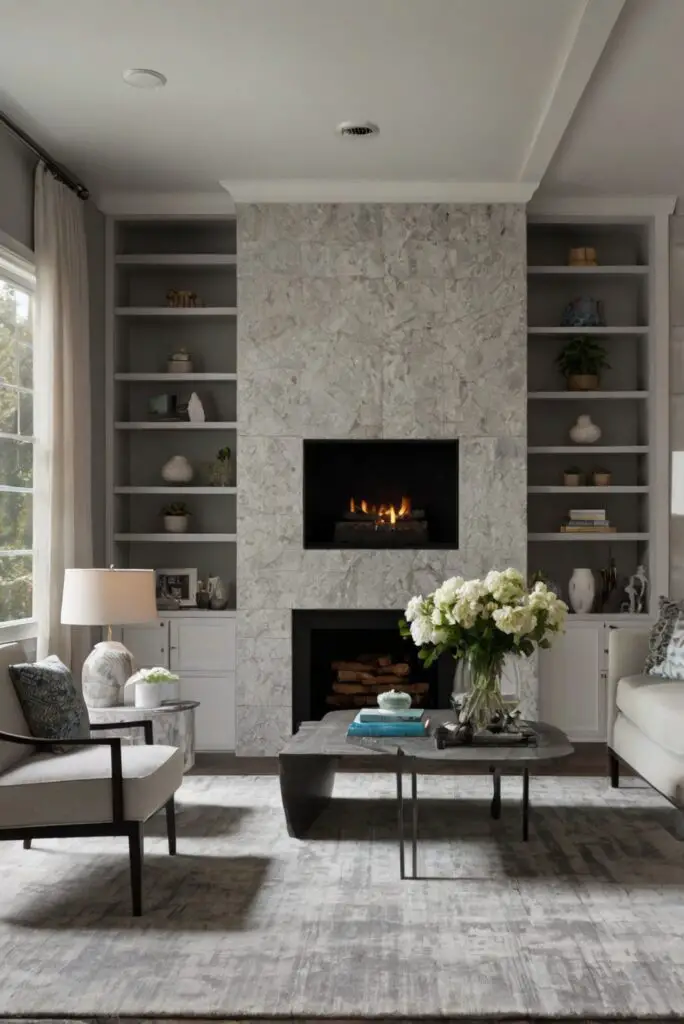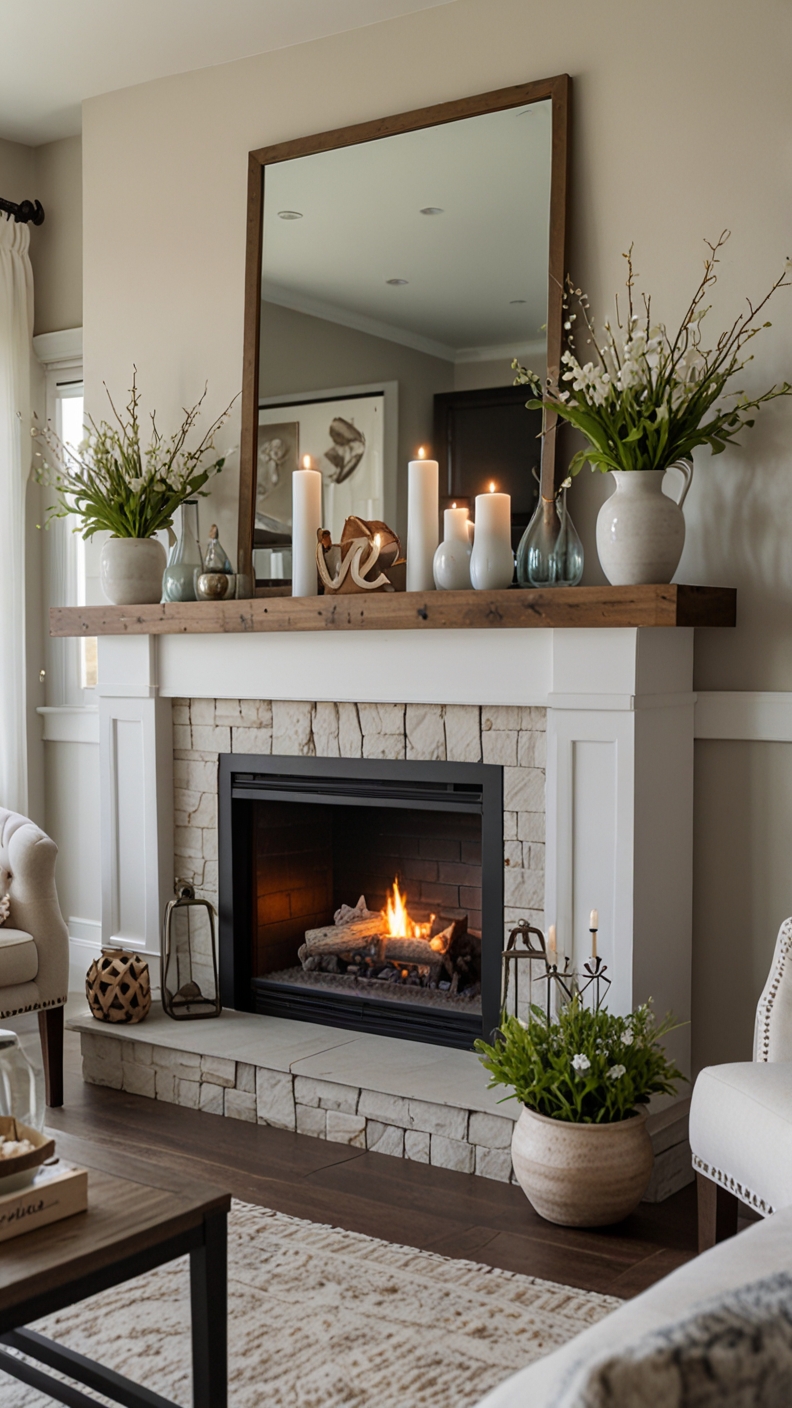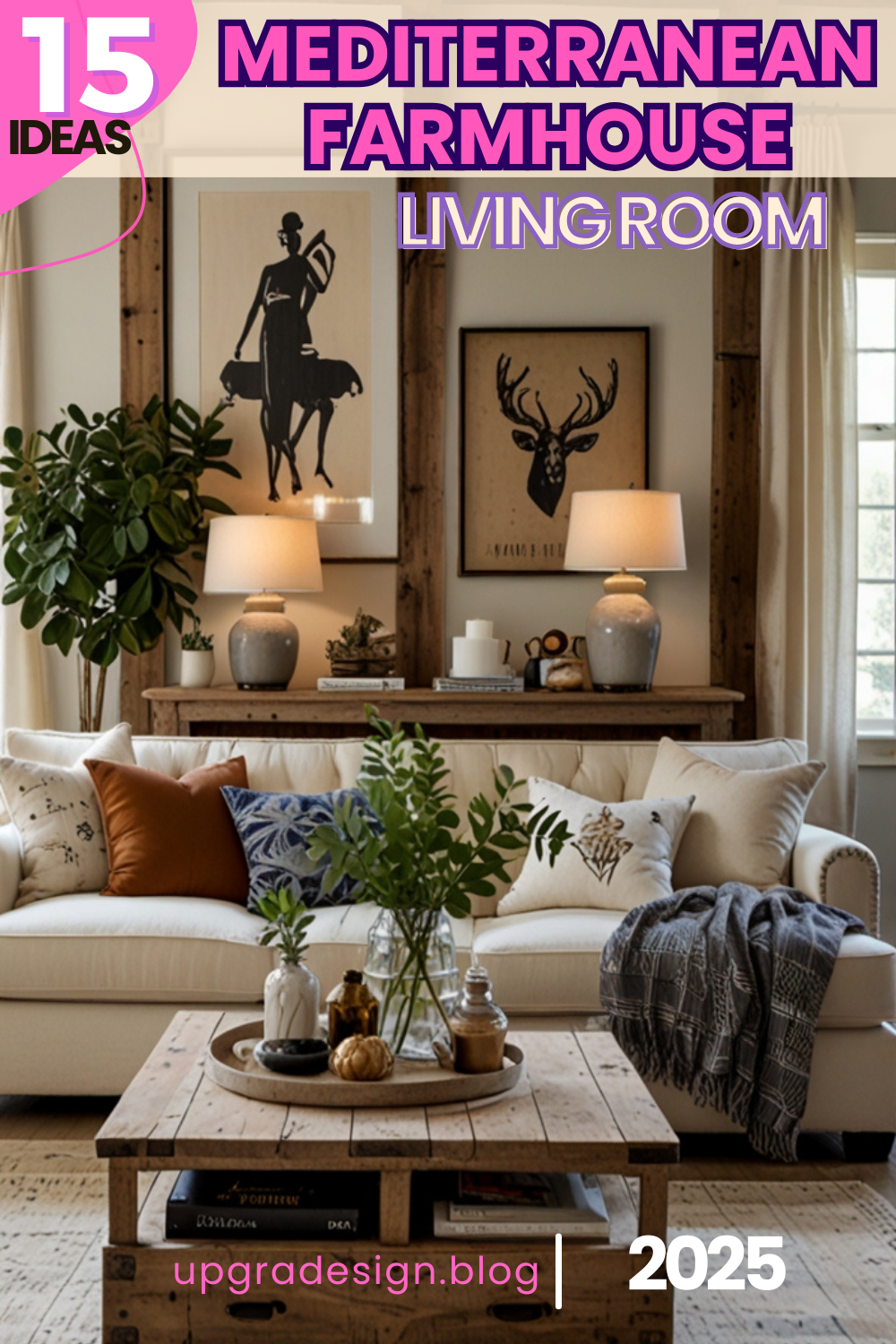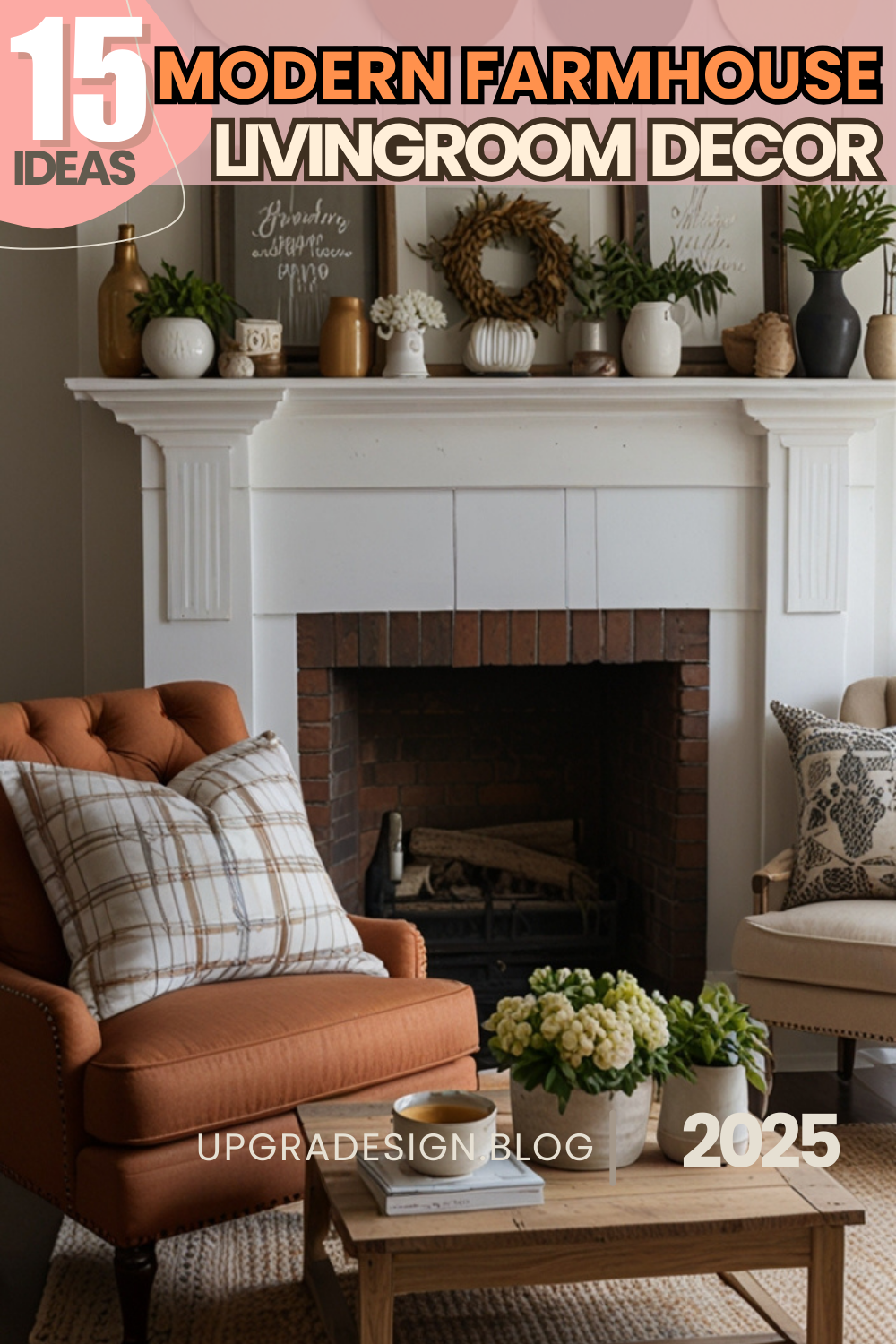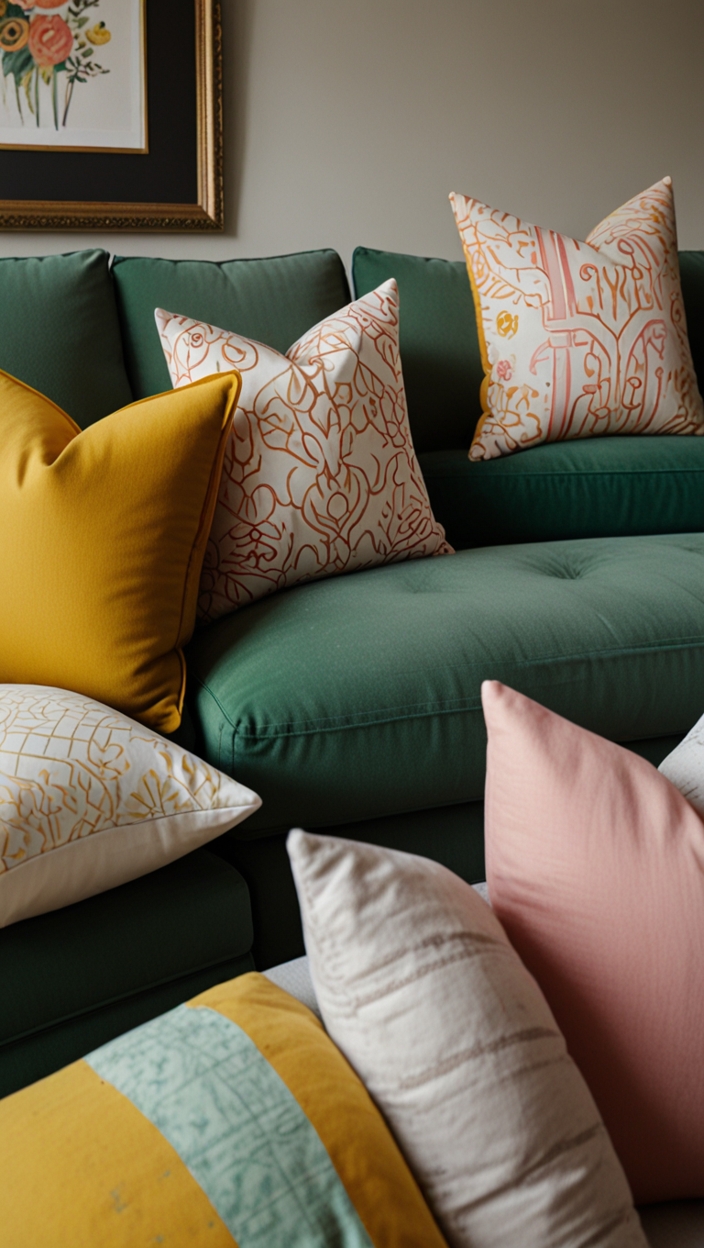Discover the effortless elegance of incorporating a monochromatic color scheme into your living room design. Explore how to create a cohesive and stylish space with this timeless interior designer routine.
To use a monochromatic color scheme in your living room design, you first need to choose a base color that you love and want to incorporate throughout the room. This could be a shade of blue, grey, beige, or any other color of your choice. Once you have selected the base color, you can create depth and interest by using varying shades of that color. For example, you can use lighter and darker tones of the same color for the walls, furniture, and decor items.
To maintain harmony in the room, make sure to vary the textures and finishes of the items you choose. This will prevent the room from looking flat and one-dimensional. Additionally, introduce a pop of a different color or metallic accents to add visual interest and break the monotony of the monochromatic scheme.
My Lovely Spring Paint for 2025
Ready for a Spring Makeover? Explore the Freshest 2025 Paint Trends!
White Sage/Green SW Pistachio green Soft blue Honeysweet/Orange Pink Sugar Sage Tint BMAs an Amazon Associate, I may earn a commission from qualifying purchases at no extra cost to you.
Consider the natural light in the room when choosing your colors as it can affect how the colors appear. Test paint samples on the walls or create a mood board to visualize how the colors will look together. Keep in mind that different lighting conditions throughout the day may alter the way the colors are perceived.
When implementing a monochromatic color scheme, it’s essential to pay attention to the scale and proportion of the furniture and decor items. Ensure that the room is well-balanced and that the colors complement each other.
Incorporating a monochromatic color scheme in your living room design can create a sophisticated and cohesive look. It can make the space feel calm and inviting while allowing you to highlight your favorite pieces of furniture or artwork. With careful planning and attention to detail, you can achieve a stunning monochromatic design that reflects your personal style and creates a harmonious atmosphere in your living room.
How to choose the right monochromatic color for my living room?
My fAV Spring DECOR for 2025
Discover Spring’s Best 2025 Decor Combinations – Perfect for Any Room!
Oversized Indoor Plants White Curved Sofas Rugs BOH Brown Cream Moroccan Hype Boho Rug Outdoor Patio Furniture Sets Topfinel Pillow CoversAs an Amazon Associate, I may earn a commission from qualifying purchases at no extra cost to you.
In selecting the perfect monochromatic color scheme for your living room, it is essential to consider various factors to ensure harmony and visual appeal. Start by identifying a base color that you love and feel comfortable with, as this will serve as the primary hue for your design. Once you have chosen the base color, explore different shades and tones within the same color family to create depth and interest in the space. Consider factors such as the size of the room, natural lighting, and the mood you want to evoke when making your selection. Additionally, use color swatches, paint samples, and online tools to visualize how different shades will look in your living room before making a final decision.
What is the benefit of using a monochromatic color scheme in living room design?
The utilization of a monochromatic color scheme in your living room design offers several advantages. Firstly, it creates a sense of harmony and cohesion by using varying shades of a single color, resulting in a visually appealing and unified space. Monochromatic palettes also have a calming effect and can make a room feel more spacious and inviting. Furthermore, they allow for easy coordination of furniture and decor, as everything within the same color family naturally complements each other. Lastly, monochromatic colors can evoke specific moods and emotions, depending on the chosen hue, offering versatility in design possibilities.
Can I add pops of color to a monochromatic living room design?
While the essence of a monochromatic color scheme lies in the use of varying shades of a single color, incorporating pops of color can add visual interest and personality to your living room design. When introducing accent colors, consider using vibrant hues that complement the base color to create contrast and focal points within the space. This can be achieved through throw pillows, artwork, rugs, or decorative accessories that provide a pop of color without overwhelming the overall design. Striking a balance between the monochromatic base and accent colors will enhance the aesthetic appeal of your living room.
How to create visual interest with different shades of a single color in a monochromatic design?
To enhance visual interest and add dimension to a monochromatic living room design, explore the extensive range of shades, tints, and tones within the chosen color palette. Incorporate lighter shades for walls and larger furniture pieces to create an airy and spacious feel, while using darker hues for accent walls, textiles, or decor elements to add depth and contrast. Introduce textures such as velvet, linen, or wood to amplify the richness of the monochromatic color scheme and create tactile interest. Additionally, layering different shades of the same color through varying finishes like matte, glossy, or metallic can elevate the visual appeal of your living room design.
What are the risks of using a monochromatic color scheme in a living room?
While monochromatic color schemes offer numerous benefits, there are potential risks to consider when implementing them in a living room design. One challenge is the possibility of creating a monotonous or flat appearance if insufficient variation in shades and textures is incorporated. To avoid this, ensure that you introduce contrast through different tones and textures to prevent the space from feeling one-dimensional. Additionally, be mindful of natural lighting conditions, as inadequate light can result in the colors appearing dull or washed out. To mitigate these risks, carefully plan your color selections and consider incorporating elements that add depth and visual interest to your monochromatic living room design.
How to coordinate furniture and decor with a monochromatic color scheme?
When coordinating furniture and decor in a monochromatic living room design, aim to create a cohesive and harmonious space that reflects your style and personality. Start by selecting furniture pieces in varying shades of the base color to add depth and dimension to the room. Consider mixing textures and materials to enhance visual interest, such as pairing a plush sofa with a sleek coffee table or adding metallic accents for a touch of glamour. Additionally, incorporate decorative elements like throw pillows, rugs, and artwork in complementary tones to tie the design together. Pay attention to scale, proportion, and balance when arranging furniture to ensure a well-curated and visually appealing living room.
Why should I consider natural lighting when using a monochromatic color scheme in my living room design?
Natural lighting plays a crucial role in the success of a monochromatic living room design as it can greatly impact the appearance and perception of colors within the space. Consider how natural light interacts with the chosen color palette throughout different times of the day to ensure that the colors remain consistent and true. Opt for warm or cool-toned natural light depending on the base color to enhance its vibrancy and saturation. Position furniture and decor strategically to take advantage of natural light sources and create a well-balanced and inviting atmosphere in your living room. Additionally, consider using window treatments that allow flexibility in controlling the amount of light entering the room to maintain the desired ambiance and color accuracy.

